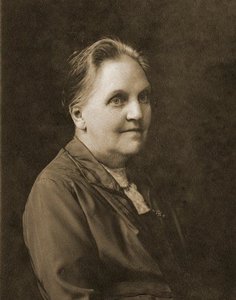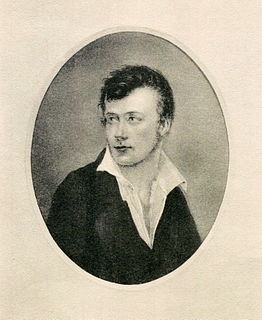Related Research Articles

Herpetology is the branch of zoology concerned with the study of amphibians and reptiles. Birds, which are cladistically included within Reptilia, are traditionally excluded here; the scientific study of birds is the subject of ornithology.

In biological classification, subspecies is a rank below species, used for populations that live in different areas and vary in size, shape, or other physical characteristics (morphology), but that can successfully interbreed. Not all species have subspecies, but for those that do there must be at least two. Subspecies is abbreviated subsp. or ssp. and the singular and plural forms are the same.

Annie Lorrain Smith was a British lichenologist whose Lichens (1921) was an essential textbook for several decades. She was also a mycologist and founder member of the British Mycological Society, where she served as president for two terms.

Psilocybe silvatica is a psilocybin mushroom in the section Semilanceatae of the genus Psilocybe. Psilocybin is the main active compound. The species is closely related to its European twin Psilocybe medullosa, which differs genetically, and the American Psilocybe pelliculosa, which can be distinguished by spore size and cheilocystidia shape.

Robert Henry Gibbs Jr. (1929–1988) was an American ichthyologist. He was a long-standing curator at the National Museum of Natural History and devoted much of his career to the study of pelagic and deep-sea fishes. He was also an avid conservationist and a member of the American Society of Ichthyologists and Herpetologists for over 30 years.

Johan Conrad van Hasselt, was a Dutch physician, zoologist, botanist and mycologist.
Gilbert Morgan Smith was a botanist and phycologist, who worked primarily on the algae. He was best known for his books, particularly the Freshwater Algae of the United States, the Marine Algae of the Monterey Peninsula and the two volumes of Cryptogamic Botany.

Erwin Frink Smith was an American plant pathologist with the United States Department of Agriculture. He played a major role in demonstrating that bacteria could cause plant disease.

Agnes J. Quirk (1884–1974) was an American bacteriologist, plant pathologist, and inventor. She oversaw the culturing of bacteria in the Laboratory of Plant Pathology at the United States Department of Agriculture's Bureau of Plant Industry. She received a patent for the production of penicillin mold and jelly in 1952.

Alice Crane Haskins Swingle was an American government botanist. With her husband, botanist Deane Bret Swingle (1879–1944), she co-authored the 1928 book A Textbook of Systematic Botany.
The Wells and Wellington affair was a dispute about the publication of three papers in the Australian Journal of Herpetology in 1983 and 1985. The periodical was established in 1981 as a peer-reviewed scientific journal focusing on the study of amphibians and reptiles (herpetology). Its first two issues were published under the editorship of Richard W. Wells, a first-year biology student at Australia's University of New England. Wells then ceased communicating with the journal's editorial board for two years before suddenly publishing three papers without peer review in the journal in 1983 and 1985. Coauthored by himself and high school teacher Cliff Ross Wellington, the papers reorganized the taxonomy of all of Australia's and New Zealand's amphibians and reptiles and proposed over 700 changes to the binomial nomenclature of the region's herpetofauna.